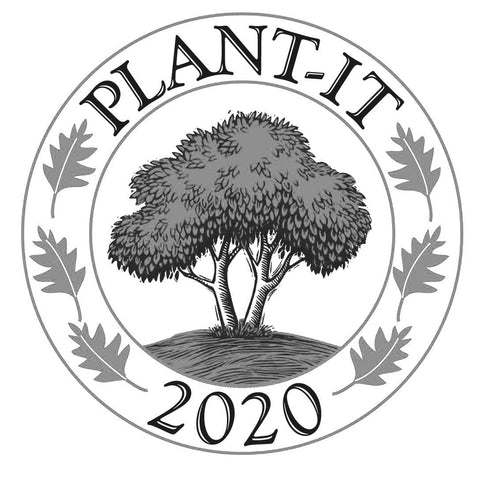There are two things about Daneson that seem at odds. On the one hand, we identify with a life outdoors and the good things that it brings. And on the other, trees are harvested to make our toothpicks. Granted all business has a conflict of this sort if you dig deep enough, but for us it is clear - toothpicks come from trees. There is something about this direct relationship we appreciate. Foremost, it is equally as clear to see what Daneson needs to do - we need to put more trees back in the ground than we use.
Our Plan — 1:100 For every one tree made into toothpicks we're planting one hundred in its place. To do this we've teamed up with our good friends at Plant-It 2020.
 How Do We Compare? Each year in the United States, it is estimated that the logging industry harvests 900 million trees while nearly 2.5 billion trees are replanted. This ratio equates to a reforesting ratio of just over two and a half trees for every one tree that is harvested. That's 1:2 versus Daneson's 1:100. In planting 100 trees for every individual tree we harvest, we are committing to a reforestation ratio that exceeds the logging industry's by nearly 40 times.
How Do We Compare? Each year in the United States, it is estimated that the logging industry harvests 900 million trees while nearly 2.5 billion trees are replanted. This ratio equates to a reforesting ratio of just over two and a half trees for every one tree that is harvested. That's 1:2 versus Daneson's 1:100. In planting 100 trees for every individual tree we harvest, we are committing to a reforestation ratio that exceeds the logging industry's by nearly 40 times.
What is Plant-It 2020? Plant-It 2020 is a non-profit foundation that performs worldwide tree planting. Their services not only help reforest the world's cities and forests - they also have a wood stove program that provides direct humanitarian aid by reducing hunger, thirst, malnutrition, poverty, and indoor pollution, while increasing the sustainability not only of the world's forests, but its people.
What Sets Plant-It 2020 Apart? Plant-It 2020's reforestation program ticks all the natural wealth boxes we care about. First, their priority is to plant seedlings in non-harvest regions. This means the bulk of our trees will never be logged. They also plant non-commercial indigenous tree species. Typical reforestation focuses on single-variety, fast-growing commercial species. Lastly, Plant-It 2020 goes the extra mile to make sure the seedlings have higher than average survival rates.
Where Will We Focus Our Efforts? Our first area of focus will be North American riparian zones and wilderness areas that have been lost to early 20th Century logging. By focusing on these areas first, we are able to not only increase the total groundwater supply for cities in need, but also provide shade and food for water-loving animals.
Give more than you take. It's that simple.